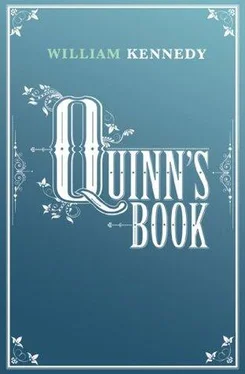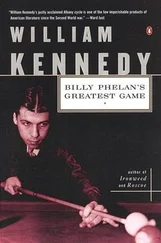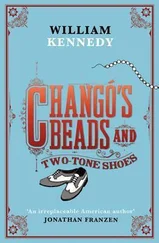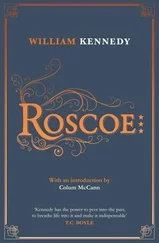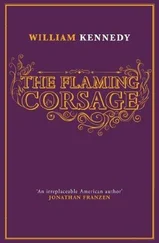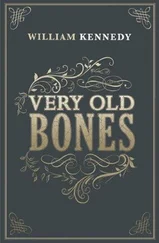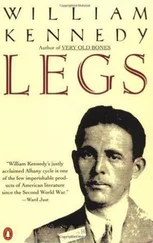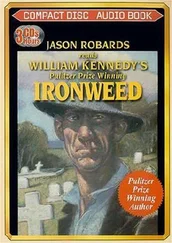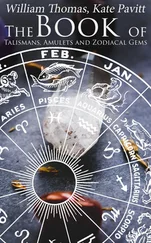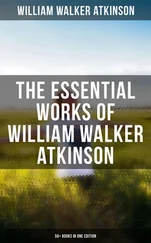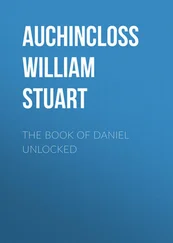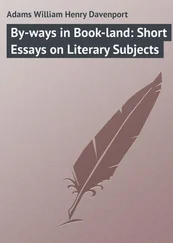Word of all this spread through Saratoga and crowds converged on the Griswold property, cluttering the road and carriageway, many asking to see Maud in action. Obadiah posted servants outside to deflect the crowds. He also invited the mayor, the constable, two bankers, four judges, the head of the women’s auxiliary of the county orphan asylum, and asked them to help define the nature of this visitation.
It was at this point that Quinn arrived at the mansion. Having left his traveling bag at Mrs. Trim’s rooming house on Phila Street, he hired a cab to take him to Obadiah’s home, his first expenditure of money from the Dirck annuity. He arrived quite the young gentleman, thinking of himself for the first time as a journalist of independent mind and means, in debt to no man, woman, or relative, and full ready to carry out the task at hand, the nature of which eluded him utterly.
To the servant who answered his knock he said he was a friend of Magdalena and Maud. The servant summoned John McGee to establish Quinn’s validity, which John did with a middling smile and a lifted brow.
“Damned if it isn’t Danny me boy.”
“I’m no boy of yours, and that’s the truth of forever,” said Quinn.
“Does he know Madame Colón?” the servant asked.
“He does. She knew him in Albany. We all knew him when he had no hat.”
At this Quinn doffed his hat and the servant made way for him to step inside. The servant took him to Obadiah in the library, where Quinn introduced himself as an emissary from the newspaper of Calvin Potts. Obadiah instantly recruited him as a witness to the proceedings upcoming with Maud the wondrous, who could converse with the insubstantial air.
“Do you believe she can do that?” inquired Obadiah.
“I believe she can do anything she sets her mind to,” said Quinn. “I believe she has the magic.”
“The magic?”
“Yes, sir. The magic.”
Here is what Maud was thinking as she entered Obadiah Griswold’s drawing room to face eleven witnesses, including one woman who would make a body search of her prior to her planned conversation with the voluble dead.
First came the vision of Daniel Quinn, whom she saw as soon as she entered the room, he sitting there with a broad grin on his young face, wearing well-tailored clothes, new boots, and waving his new hat at her, the ninny, as if she hadn’t seen him the instant she walked into the room. She nodded her awareness of his presence but refrained from smiling, for when one converses with the dead, one must observe proper decorum.
Second, she had the moving image of a tall, emaciated man riding a horse across an open field. Here is what she was seeing: When the man becomes aware of the two carriages coming rapidly along the road he is nearing, he leaps down from his mount and, at a run, climbs a slight incline. He halts in the center of the road so that the deadly onrush of horses and vehicles will run him over.
Third was her thought on the cause of this image, which was a mystery, for it was neither memory nor dream, but a fully developed panorama, even to the brightness of the sun and the brilliant green of the hills behind the oncoming carriages. It arrived in her brain in all fullness at the moment she saw Quinn enter the drawing room of the mansion. Quinn was none of the men in the image.
Maud nodded at Quinn and turned her mind to her inquisitors, who all looked to her to be believers in the plausibility of conversing with a spirit. Maud felt lost in such a world of belief. Her classics teacher in Madrid had spoken of enantiodromia, the ancient Greek concept of running in contrary ways: believing in the unbelievable, for instance. Maud could not so believe. She believed in noise but not in spirits. Dead is dead, she believed. Noise came from the living. Minds were as noisy as the howling of a terrifying windstorm. Minds made noise: the collision of minds — hers, Magdalena’s, Quinn’s across the room, the ninny. I love him and his mind.
With her vision of Quinn came the continuing visual story of the emaciated man, who was climbing now to the road as the horses bore down on his life. The noise came then, rappings synchronized with the thudding of the horses’ hooves, growing louder, louder, louder.
“Enough!” yelled Maud, jolting her witnesses in their silent seats.
And so began the séance.
Talking with spirits can be tedious, and so Maud quickly devised a code: one rap is yes, two is no, spell out the rest with numerical equivalents of the alphabet. The noise quickly understood this, and while Maud was establishing her rules, witnesses left their seats and sought out hidden rappers or rapping devices. They moved furniture in their search, kept vigil in rooms adjacent to, above, and below the drawing room, and they found nothing at all.
“Can you see this spirit?” Obadiah asked Maud.
“Not a shred of anything,” said Maud. “But it is sending me pictures.” And she told them of the emaciated man.
“There he is in the road,” she said, “and the horses are coming at a fierce gallop. The man is facing the horses and won’t budge. Now the driver of the oncoming carriage is veering the horses to avoid running the man down and the carriage wheel strikes a rock on the rough ground. The right carriage door, it’s flying open, and oh, a woman, a woman is thrown to the ground. Now we’re on the road again, and a second carriage and pair are coming at a furious pace, directly behind the first. The second driver reins in his steeds and comes to a stop just where the emaciated man is standing with his eyes closed. The man is standing there between the frothing mouths of the second team of horses. There, now, there comes the driver jumping down from the second carriage. He grabs the emaciated man by his shirt collar and drags him from between the horses. He punches him once in the center of his face, and the man falls backward and rolls down the incline. Now I can see the first carriage, halted in the distance. The punched man is rolling toward where the woman was thrown from the carriage and he bangs his head on a stone. Oh. Oh, oh, oh, the poor woman is impaled through the chest on a protrusion of rock. Oh dear, oh dear. She is dead.”
Here is what Maud and the spirit said to each other:
“Are you the dead woman?”
No.
“Are you one of the men in the vision?”
Yes.
“Are you the emaciated man?”
Silence.
“Was the dead woman your wife?”
Silence.
“Do you want to talk about this or don’t you?”
Yes.
“Then tell me something. Are you the driver who punches the man in the road?”
No.
“Then you must be the emaciated man.”
Silence.
“Goodbye, then, whoever you are.”
Yes.
“You are the emaciated man?”
Yes.
“You’re not proud of that.”
No.
“You were trying to kill yourself.”
No.
“Then what was it?”
L-o-v-e.
“Love. Pish-pish-pish, as my aunt would say. Love indeed.” L-o-v-e.
“You were chasing the woman because you loved her?”
Yes.
“And you tried to kill yourself because of her?”
L-o-v-e.
“Because of love.”
Yes.
“Instead of killing yourself, you killed her.”
Silence.
“Didn’t you?”
L-o-v-e.
“Yes, I understand the motive. But you can’t escape the facts. You killed the woman you loved.”
THUNDER.
Long rapping on walls, floors.
THUNDER.
“It upsets you to hear the truth. I can see that. Did you kill yourself after this?”
Silence.
“So. You didn’t. You couldn’t. Am I right?”
THUNDER.
“Do you tell this story to many people?”
No.
“Why me?”
L-o-v-e.
“Ah. So you love me the way you loved the dead woman.”
Читать дальше
